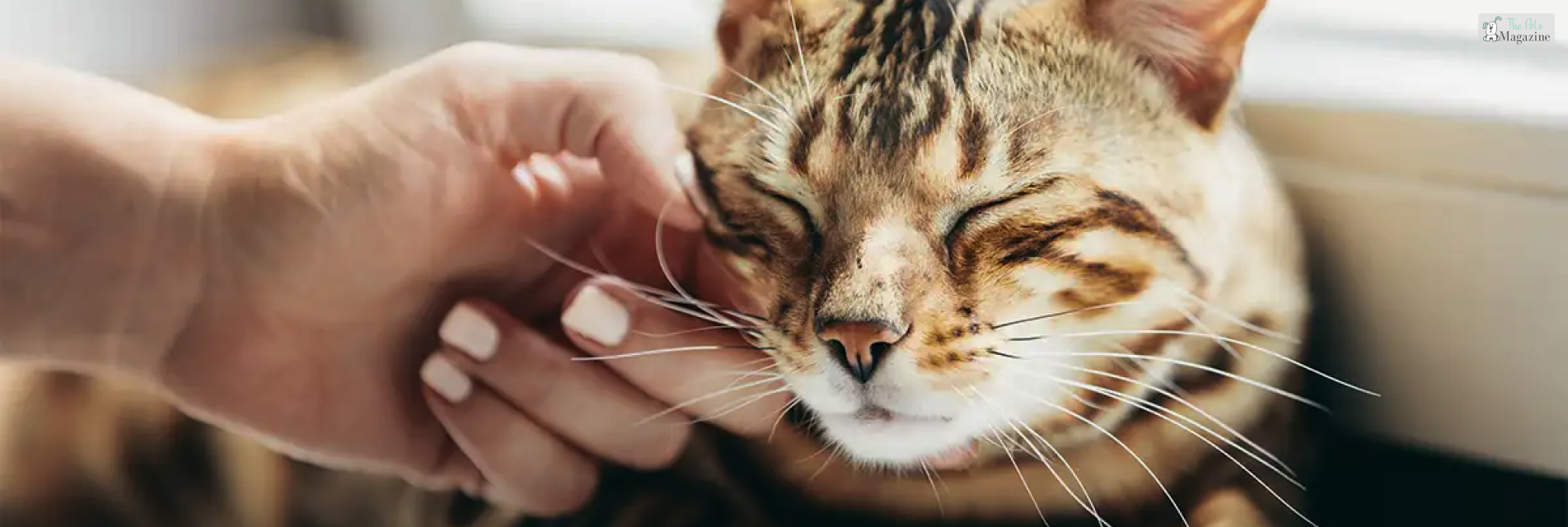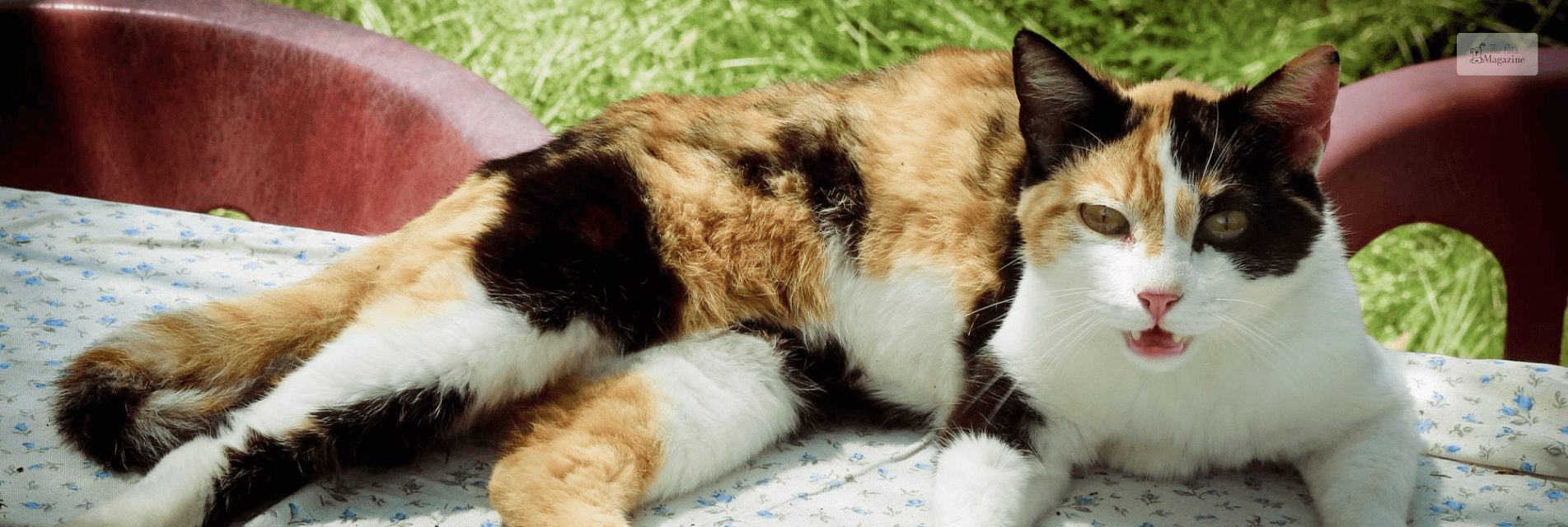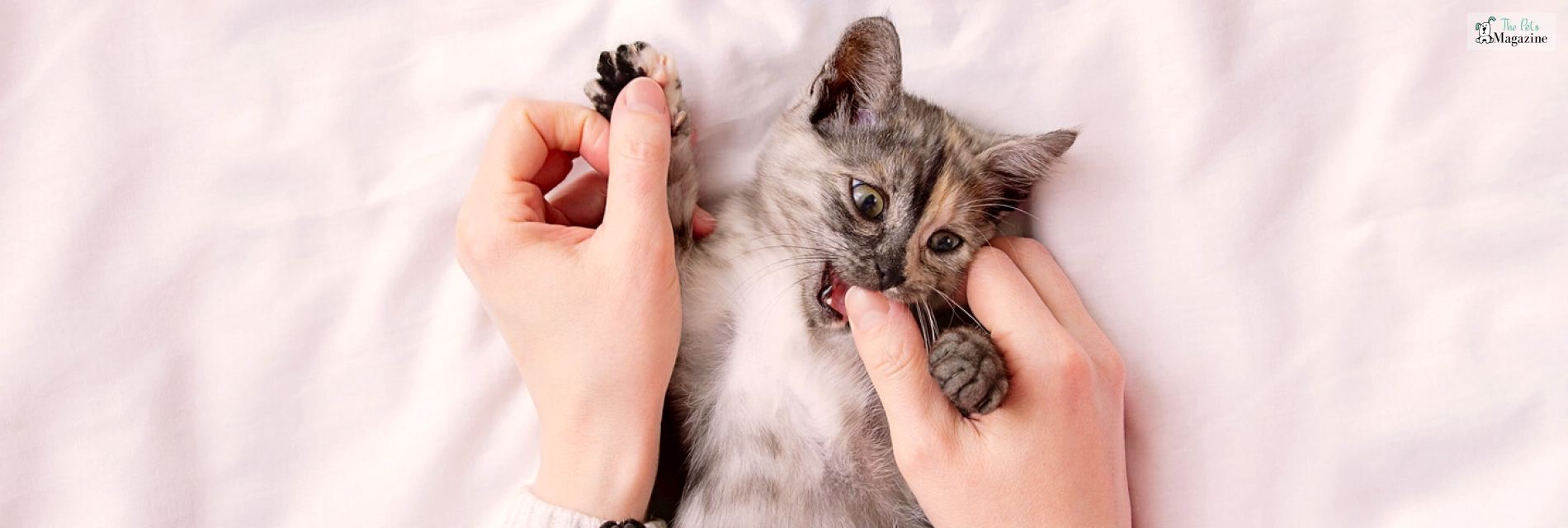Why Do Cats Purr: Decoding The Language Of Your Kitty


Cuddling with our cats and hearing them purr gently is one of the best feelings in the world for cat parents. But during one of those moments, have you ever wondered why do cats purr?
In this article, we will delve into the fascinating world of cat purring, exploring the science behind it and uncovering the many benefits it brings to our feline friends.
Why Do Cats Purr?
The act of purring is one of the most distinctive and characteristic behaviors of cats. While many people associate purring with contentment, there is much more to it than meets the eye. Cats purr for a variety of reasons, and understanding these reasons can help us better understand our furry companions.

One of the primary reasons cats purr is to communicate with us and other cats. It serves as a way for them to express their emotions and needs. Purring can indicate pleasure and relaxation, but it can also signal anxiety, fear, or discomfort. By paying attention to the context and other body language of the cat, we can start to decipher the true meaning behind their purring.
Why Do Cats Purr? The Science Behind Cat Purring
While the sound of a cat’s purr may seem simple, the science behind it is quite complex. Purring is produced by the rapid vibration of the cat’s laryngeal muscles. It causes the vocal cords to open and close. This vibration produces a low-frequency sound that is characteristic of purring.
Interestingly, cats have a unique ability to purr continuously while both inhaling and exhaling. This sets them apart from other animals, as most can only vocalize on either inhalation or exhalation. The mechanism behind this continuous purring remains a mystery, but it is thought to be related to the structure of the cat’s larynx.
How Cat Purring Benefits Them
Cat purring is not only a means of communication, but it also provides numerous benefits for our feline friends. In this section, we have discussed some of the benefits of making purring sounds for cats:
One of the most significant advantages of purring is its ability to promote healing and reduce stress. The low-frequency vibrations produced during purring have been shown to have a calming effect on cats, helping to lower their heart rate and blood pressure.

Purring also serves as a self-soothing mechanism for cats. When faced with stressful situations or when they are in pain, cats often resort to purring as a way to comfort themselves. The act of purring releases endorphins, which are natural painkillers, providing them with some relief.
Additionally, purring has been found to strengthen the bond between cats and their human companions. The soothing sound of a cat’s purr can be incredibly comforting, creating a sense of trust and security. It is not uncommon for cats to seek out their human’s lap when they are feeling anxious or unwell, using their purring as a way to seek comfort and reassurance.
Different Types Of Cat Purrs And Their Meanings
While purring is a universal behavior among cats, there are actually different types of purrs, each with its own subtle meaning. By paying attention to the variations in the sound and context, we can gain insight into our cat’s emotions and needs.

A deep and relaxed purr is often a sign of contentment and relaxation. It is the purr we commonly associate with a contented cat lounging in our lap. On the other hand, a high-pitched and rapid purr can indicate excitement or anticipation. This type of purr is often observed when cats are playing or seeking attention.
It is important to note that not all purring is positive. Cats can also purr when they are anxious, in pain, or seeking comfort. By taking into account the overall body language and context, we can better understand the true meaning behind each purr and respond accordingly.
Decoding Cat Purring: Understanding Their Emotions
Decoding cat purring is not an exact science, but by observing our cats’ body language and paying attention to the context, we can gain valuable insights into their emotions. When a cat is purring deeply, it is essential to look for other signs, such as relaxed posture, half-closed eyes, and slow blinking, which often indicate contentment and relaxation.

On the other hand, if a cat’s purring is accompanied by flattened ears, a tense body, or dilated pupils, it may be a sign of anxiety or distress. Similarly, if a cat is purring while being petted but suddenly starts to growl or hiss, it may be a sign that they have had enough and want to be left alone.
Understanding our cats’ emotions through their purring can help us provide them with the care and support they need. By responding appropriately to their needs, we can strengthen the bond between us and ensure their overall well-being.
The Therapeutic Effects Of A Cat Purring On Humans
The therapeutic effects of cat purring extend beyond just the cat itself. Research has shown that interacting with a purring cat can have several positive effects on human health and well-being.
The low-frequency vibrations produced during cat purring have been found to have a calming effect on humans as well. These vibrations can help reduce stress, lower blood pressure, and promote relaxation. It is no wonder that many people find the act of petting a purring cat to be incredibly soothing and comforting.
In addition to its calming effects, cat purring has also been linked to the release of oxytocin, often referred to as the “love hormone.” Oxytocin is associated with feelings of bonding and trust, and its release can enhance our emotional well-being.
Tips For Responding To A Purring Cat
When a cat is purring, it is important to respond appropriately to their needs and emotions. Here are some tips to help you navigate the world of cat purring:
- Pay attention to the context: Look for other signs of body language and observe the situation in which the cat is purring. This will help you better understand their emotions and respond accordingly.
- Provide a safe and comfortable environment: Ensure that your cat has a quiet and secure space where they can retreat when they need some alone time. This will help reduce their stress and promote a positive purring experience.
- Respect their boundaries: Just like humans, cats have their own personal space and limits. If a cat is purring but showing signs of discomfort, such as growling or hissing, it is important to respect their boundaries and give them space.
Common Misconceptions About Cat Purring
Despite the many studies and research conducted on cat purring, there are still some common misconceptions that persist. One of the most prevalent misconceptions is that cats only purr when they are happy or content. As discussed earlier, cats can also purr when they are anxious, in pain, or seeking comfort.

Another misconception is that all cats purr. While most cats do purr, there are some breeds, such as the Siamese and the Abyssinian, that are less likely to purr. Additionally, some cats may not purr as loudly or frequently as others, but that does not mean they are any less content or happy.
Final Thoughts!
In conclusion, cat purring is a fascinating and complex behavior that serves as a means of communication and provides numerous benefits for our feline friends. By understanding the science behind cat purring and decoding their emotions, we can deepen our bond with our cats and provide them with the care and support they need.
Next time you hear your cat purring, take a moment to observe their body language and context. Pay attention to the subtle variations in their purr and respond accordingly. By doing so, you will not only enhance your relationship with your cat but also promote their overall well-being. So, embrace the secret language of cats and enjoy the soothing sound of their purring.
Related Posts…








Leave A Comment